Many stitchers do not use the optional presser feet that come with their machines. The most common reason is, the inconvenience to change them. If a screw driver is required to change the feet, that screw can be exchanged for a thumb screw to be turned by hand. When it is easy to change feet they will be used more. Go to the local sewing machine dealer to get a thumb screw. Newer machines have snap on feet so changing them only takes a second.
Changing to the correct foot will save time in sewing. Feet are tools that will make the construction faster and easier. With any tool it takes a little while to learn the technique, but once mastered things really speed up. Keep presser feet handy, right next to the machine. Fishermen’s tackle boxes have a lot of little compartments and are great for storing and organizing your feet.
One of my favorite feet for square dance sewing is the rolled hem foot. The rolled hem foot that comes with most machines is 2 or 3 millimeters (about 1/16 inch). That size is fine for scarves and other sheer fabric but too small for skirt fabric.The 4 mm (or 1/4 inch) foot works much better for broadcloth and poplin. If you are having trouble with the edge of the fabric feeding smoothly into the scroll of the hemmer, try pressing the edge with a bit of spray starch to give the fabric more body.
Mono-filament fishing line can be rolled into the edge as it is being sewn. Insert the fish line into the hem at the start and the fabric will roll around it. The weight of the fish line used depends on the fabric and the project. 20# test line is good for light ruffles. 40# test works well in the rolled hem of a circular skirt. Fish line keeps the edges looking crisp and new. When shopping for fish line get the cheapest you can find, it has more spring. The more expensive stuff is limper and won’t hold the fabric out as well. I have used miles of fish line and it has never melted under my iron or in the dryer.
The narrow edge or edge joining foot is another one I reach for constantly. This foot has a springy piece of metal that divides the toes. It is used for joining two pieces together. They can be lace, ribbon or fabric. It is used in heirloom sewing for lace insertion. Position a ribbon on one side of the divider and a piece of flat lace on the other. Set the machine for a small zig zag. Guide the ribbon and the lace so that they are touching the divider. They will be positioned perfectly to be sewn edge to edge without a seam allowance. Use the same technique to join two pieces of fleece. Set the zig zag, or decorative stitch, at its widest and a medium length and use a matching or contrasting thread color. This works well to sew borders on fleece panels. This foot can also be used for stitch-in-the-ditch sewing. The divider will guide the fabric under the foot and it will open the ditch as it presses down. Any other time you want to follow a line this is the foot to use. Watch the front of the divider, not the needle.
Your local sewing machine dealer is the place to go for brand specific feet. These feet may be a bit more expensive but they are designed to work with your machine. Have the sales clerk give you a demonstration and try the technique yourself before leaving the store. You may not be successful the first time but with practice the technique will become faster and easier. Check with your dealer to see all the presser feet available.
Creative Sewing Solutions, www.creativesewingsolutions.com , is a source for a variety of generic presser feet. The web site has short videos on how to use each foot. They are very clear and close up. A ruffler is shown in action These feet are sold only at Hancock Fabrics Stores. First determine if the machine is a low or high shank, most are low. Then go to Hancock Fabrics and pick out your feet. If there is not a Hancock near you they are also available on line. www.hancockfabricks.com. Creative Sewing Solutions also has bobbins for many makes of machines. Use Hancock coupons for savings on feet and bobbins..
When you are interested in learning a new technique try typing it into the search engine on the computer. There are a lot of people out there putting stuff on the web, and there is more than one way to do most anything. Use what works for you and ignore the rest. Challenge yourself to learn a new way of doing something. Sewing is a creative art. Try a new idea, change your plan and enjoy the process.
